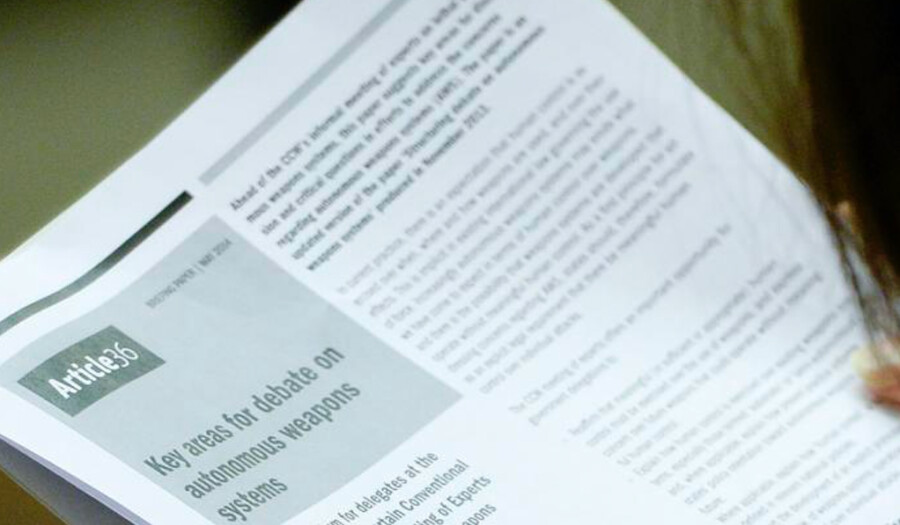Catastrophes, Confrontations, and Constraints: How Disasters Shape the Dynamics of Armed Conflict, Tobias Ide (Cambridge, Mass.: MIT Press, 2023), 304 pp., paperback $45, eBook $28.99
The past year has been marked by significant and devastating natural disasters. From the earthquakes in Syria and Turkey in February to the recent wildfires in Maui, the frequency and scale of disasters are only projected to increase due to climate change. At the same time, armed conflicts globally have surged to levels not witnessed since the Second World War. The simultaneous increase in disasters and conflicts drastically threatens human welfare and development around the world. When these two destructive forces intersect, what impact do they have on the course of hostilities? Is there any hope that disaster may serve as a catalyst for solidarity and peacebuilding? How should practitioners and policymakers navigate this increasingly disastrous and conflictual reality?
In his new book, Catastrophes, Confrontations, and Constraints: How Disasters Shape the Dynamics of Armed Conflict, Tobias Ide analyzes the impact of natural disasters—such as floods, earthquakes, and droughts—on the dynamics of armed conflict. Ide’s conception of conflict dynamics considers both potential conflict escalation and de-escalation as well as incidents of no change in the conflict intensity. This approach deliberately challenges the “conflict bias” found in environmental and climate security scholarship, which tends to emphasize conflict incidence and neglects the potential for “silver linings”—the idea that disasters may “induce enhanced solidarity and peaceful cooperation” (p. 4).
Ide effectively combines quantitative and qualitative methods, conducting a qualitative comparative analysis of thirty-six case studies where a natural disaster causing more than one thousand deaths intersected geographically with an armed conflict as documented in the Uppsala Conflict Data Program Armed Conflict Dataset. These cases represent a comprehensive range of disaster types, conflicts, and geographies. Ide finds that natural disasters only impacted the dynamics of armed conflict in half of the cases. Among the instances where disasters did influence armed conflict dynamics, an equal number were associated with conflict escalation and de-escalation.
According to Ide’s analysis, changes in conflict intensity are most likely to occur when states are highly vulnerable to disasters and the disaster directly impacts at least one party in the conflict. The critical pathway between conflict escalation and de-escalation is the potential for natural disasters to reshape the strategic environment, introducing opportunities or constraints that alter the power balance among the conflict parties. Additionally, Ide explores the relationship between the COVID-19 pandemic and armed conflict, finding that, consistent with his primary analysis, the pandemic also resulted in conflict escalation or de-escalation depending on the strategic environment.
Catastrophes, Confrontations, and Constraints is a welcome addition to the field of environmental security. The case studies
in the main analysis, which range from the years 1990 to 2013, and the discussion of COVID-19 ensure that this study is timely and closely reflects contemporary dynamics. Importantly, Ide avoids the tendency in the literature to present the environmental-conflict nexus as a predetermined conclusion or to prioritize far-reaching conclusions over careful analysis. His thorough survey and evaluation of existing research in the field warrant the inclusion of this book on environmental and non-traditional security syllabi. At the same time, his cogent takeaways for practitioners and policymakers regarding international disaster response and aid within conflict zones establish Catastrophe, Confrontations, and Constraints as an actionable and potentially impactful scholarly work.
More in this issue

Fall 2023 (37.3) • Review
The Hegemon’s Tool Kit: US Leadership and the Politics of the Nuclear Nonproliferation Regime

Fall 2023 (37.3) • Essay
Accountability for the Taking of Human Life with LAWS in War
